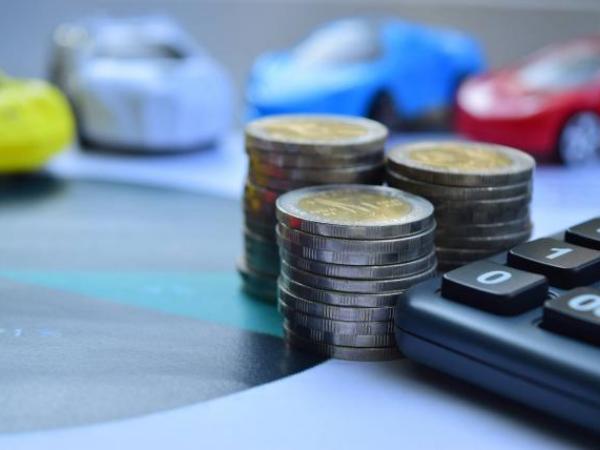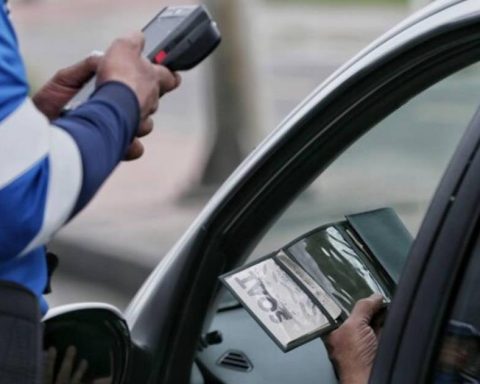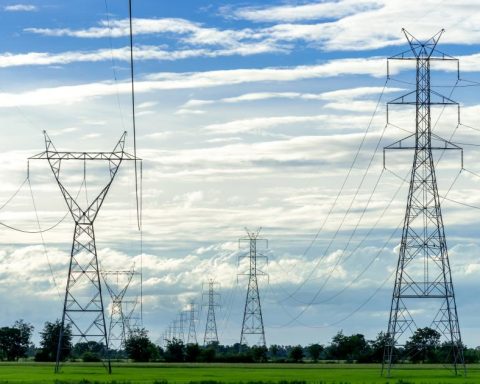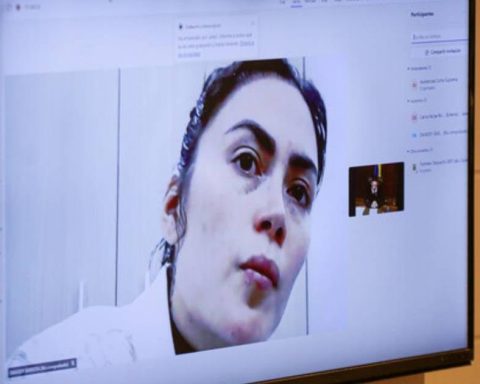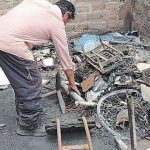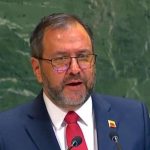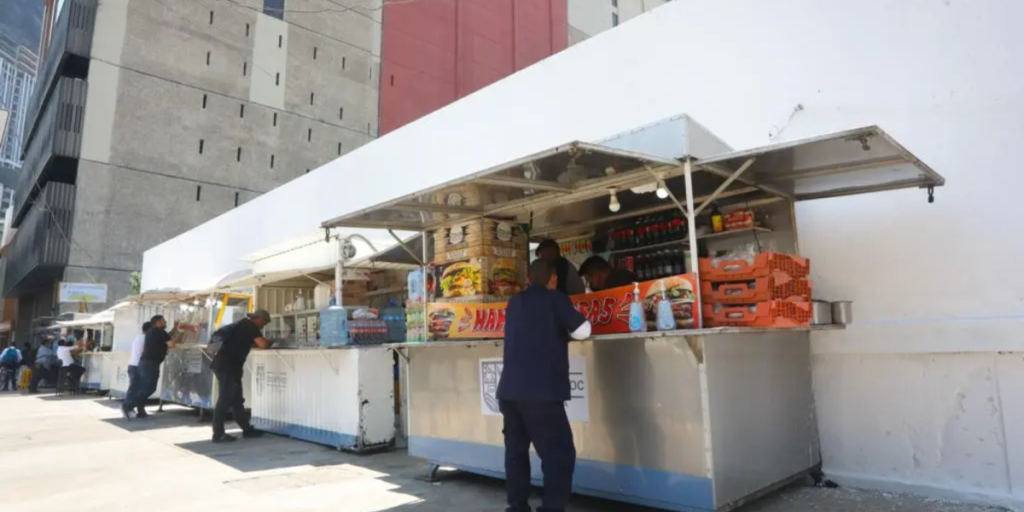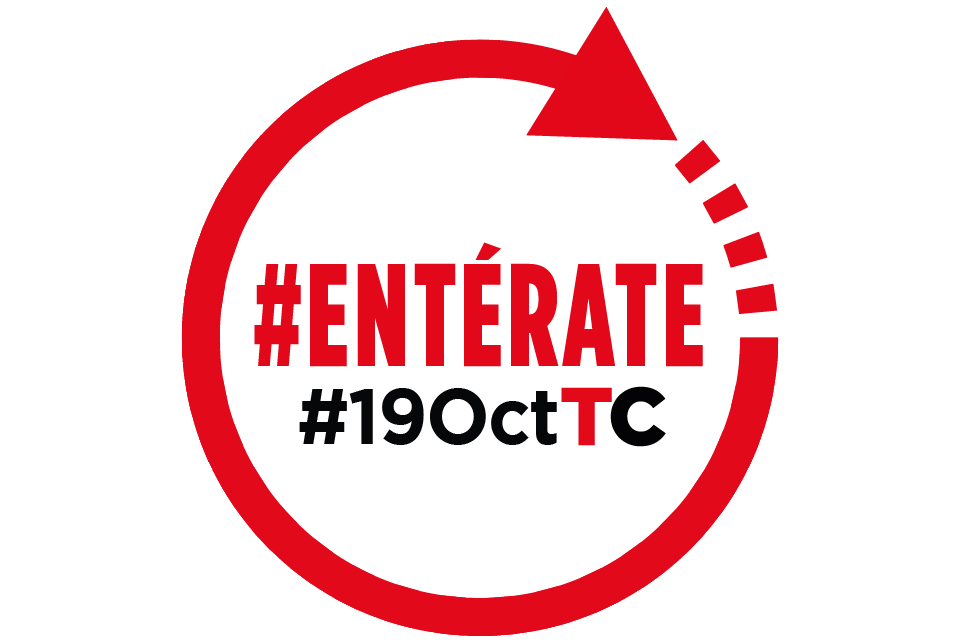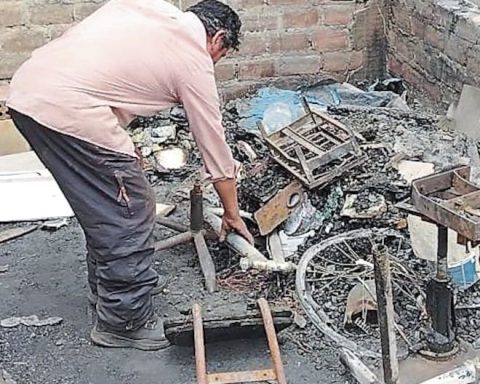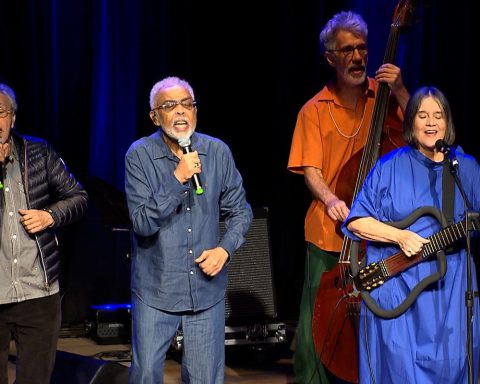There are many tools that are currently used in Colombia to fight poverty and reduce inequality, especially since the pandemic that led many people to lose everything and their opportunities were reduced, all focused on providing an economic boost, whether for mothers who are heads of household, young people who want to study or those households that saw their income drop drastically.
One of these aids is the VAT Refund, a strategy that is part of the monetary transfer program in Colombia and designed to offset the impact of the value added tax (VAT) on the poorest households.
Also read: Economy continues to show signs of slowdown and modest growth
As explained by the Department for Social Prosperity (DPS), its objective is to reduce the tax burden on essential goods and services, helping families in extreme and moderate poverty to improve their economic situation; currently benefiting two million homes.
To be part of this transfer system, it must be made clear that it is not necessary to register, since the beneficiaries are chosen according to their classification in Sisbén and the Social Registry of Households; for what This is where you must be up to date with the databases required by the National Government.
Citizen income – VAT refund
“For the period 2024 according to resolution 0552 of 2024, the beneficiaries are the households that according to the information in the Sisbén and/or Social Registry of Households, as well as lists of indigenous households collected by Social Prosperity,” they explained in this regard.
In this sense, they noted that there are two categories, starting por households in extreme poverty, according to their classification in the Sisbén and/or the Social Registry of Households in the following order: AO1, A02, A03, A04, A05 and indigenous households.
There are also “households in moderate poverty according to their classification in the Sisbén and/or the Social Registry of Households in the following order: BO1, B02, B03, B04.”
This program seeks to balance the tax system and reduce inequality gaps in Colombia. Through VAT compensation, monetary resources are distributed annually to alleviate the expenses of vulnerable families. In addition, the amount of aid is updated according to the Tax Value Unit (UVT), which which ensures an equitable fit regardless of geographic location or household composition.
Other news: What does hydrogen need to become a more widely used fuel?
That said, the DPS recommends being attentive to the developments, which in simple terms “are the operational process in which Social Prosperity modifies, updates or corrects the data of the potential beneficiary households of the program in the Information System; This in order to have updated and truthful information, on which the liquidation and transfer of resources is carried out.
What happens if it is not claimed?
One of the most important features of the program is that Beneficiaries must be attentive to claiming the assigned resources, since if a family does not collect compensation within the specified period or does not update its data in the Program Information System, Social Prosperity may suspend or withdraw it from the program.

Social Plans
This allows, taking into account the high demand for this subsidy, the benefit to be transferred to other households that meet the established requirements and are in greater need and in this way contribute to closing social gaps in the country.
Finally, the Department of Social Prosperity (DPS) said that it constantly monitors the situation of the beneficiaries, verifying that they meet the eligibility criteria, since if the demand exceeds the quota of two million households, prioritization criteria are applied. Therefore, not all beneficiaries are the same in each payment cycle, which ensures that resources reach those who need them most at each stage of the process.
